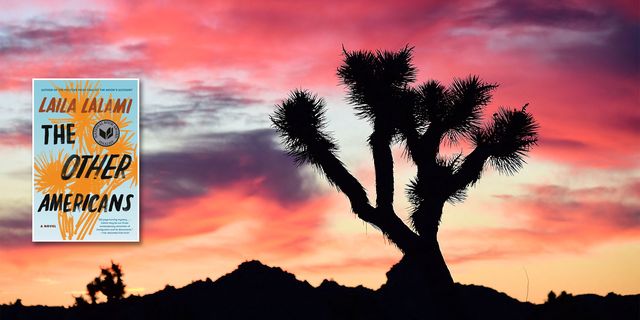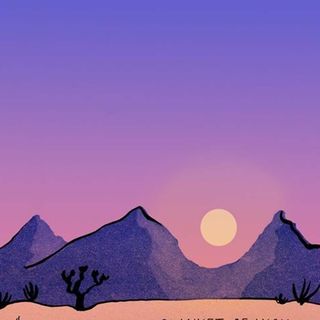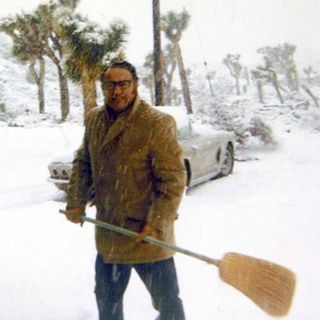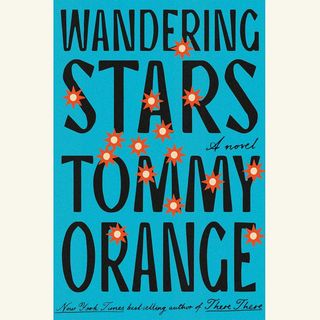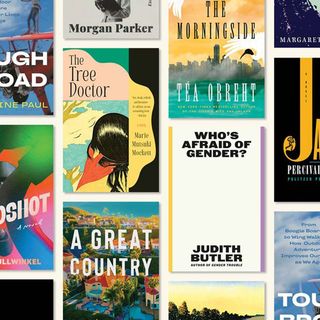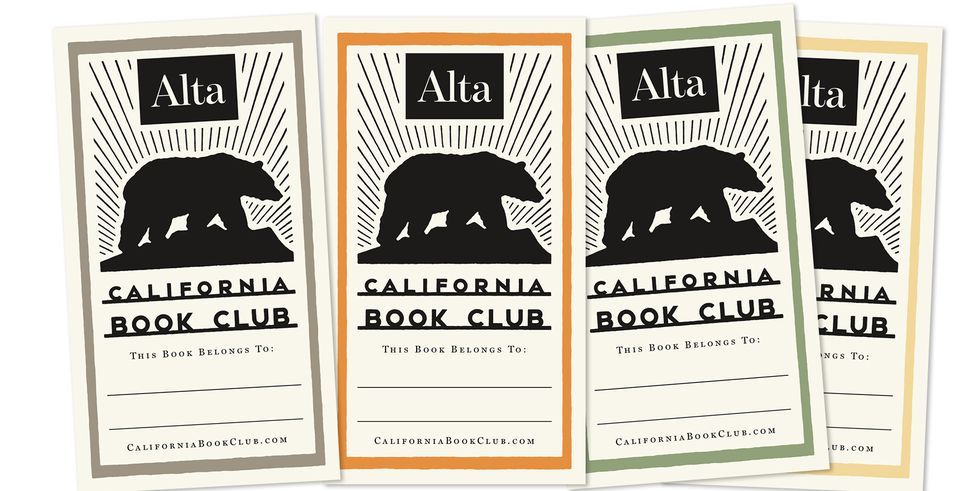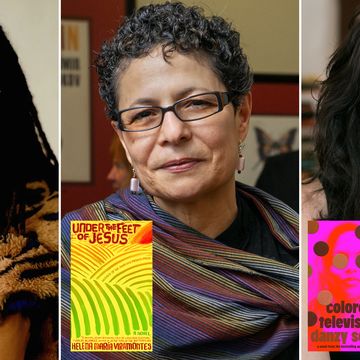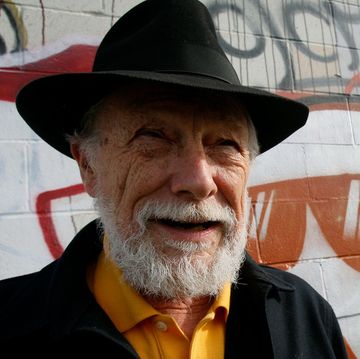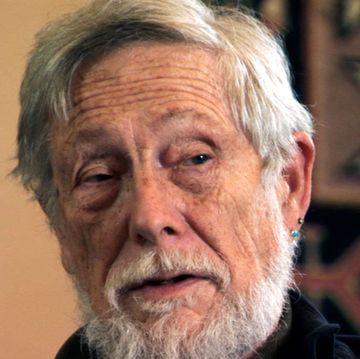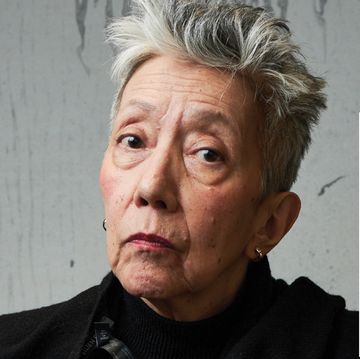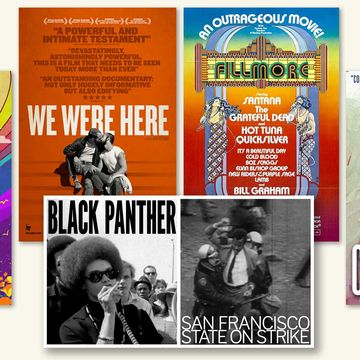Laila Lalami has a way with words. Not only is she able to bring a varied cast of characters to life, but she is also able to make readers feel at home in the setting of this month’s California Book Club pick, The Other Americans. By using absorbing imagery and vernacular language common to Southern California, she immerses readers in Victorville, San Bernardino, Yucca Valley, and Joshua Tree.
Throughout the novel, her fondness for the region is palpable. She describes the area as heavenlike, detailing the fields and mesquite in the morning light. “I decided to set the story in the high desert because it’s a landscape I know and love,” writes Lalami, a distinguished professor of creative writing at UC Riverside, on her website.
And this prompts the question, What knowledge is seeded into her presentation of the landscape? “High desert” gives the impression of hot days and barren landscapes—and of course, those exist—but Lalami’s The Other Americans tells the story of a living landscape full of plant species like the Joshua trees, said to have been named by Mormon pioneers, but also Moroccan and Mexican immigrants, soldiers and their families, and Indigenous people. The novel’s fictionalized version of Yucca Valley runs in parallel to the larger real-life region’s historical population trends.
The first known inhabitants of the High Desert, specifically Yucca Valley and Joshua Tree, were Indigenous peoples—the Serrano, Mojave, Chemehuevi, and Cahuilla tribes. These groups made a home for themselves by hunting, gathering, and using the open land to build semipermanent structures; seasonal changes and climatic drying led to many communities moving around the region. Although their history is at times difficult to trace, Lalami does not shy away from mentioning who the first owners of the land were: “The restaurant had been built in 1951, on land that belonged to Chemehuevi Indians.”
The Mojave tribe’s period of relative stability lasted only until its members were contacted by white explorers; in 1775, both sides engaged in peaceful communication, allegedly. However, in 1827, things changed when trappers and their actions—hunting animals—on the Mojave’s land led to the deaths of 16 Mojave members and two trappers. This was only the start of a bloody time period when the Indigenous people of the region were forced to fight, then move from their homes in search of peace.
In 1865, the Mojave tribe was forced to relocate to a reservation in the southern Mojave, and throughout the next decades, the tribe’s culture, traditions, and names were slowly chipped away. First by mandatory schools, where Western education and traditions were forced onto Native children, and next when the tribe was forced to take a new name.
Many tribes are still fighting for recognition. Last year, Joshua Tree National Park signed its first formal agreement with the Twenty-Nine Palms Band of Mission Indians.
Once the settlers’ railroad reached the region in the late 19th century, places like the city of San Bernardino flourished, and the area developed into the busy region it is today. A wave of migrants from the East, undeterred by the hot and dry desert conditions, settled in areas such as Victorville and the eastern Mojave among others making homes in the High Desert. The others included many military personnel and their families joining the newly built bases in the High Desert. Lalami references this group in her casual description of the region’s residents, writing, “The kids fanned out and gathered again in small groups—military kids, church kids, trailer-park kids, hippie kids.”
Fewer of us realize that there was also immigration from places outside the United States. Although immigrants from Morocco are not common in the U.S., California is among the handful of states with a high number of Moroccan immigrants. Yucca Valley’s population has been significantly increased by immigration too. Between 2000 and 2023, the number of Latinos in Victorville grew from 33.5 percent to 55.3 percent of the total population, receiving newcomers from Los Angeles County and Mexico.
All of these groups of people are represented in Lalami’s The Other Americans. Latinos in the town include Efraín, who is nervous to contact law enforcement because of his unsteady foothold in the country, and, on the other end of the spectrum, Jeremy, who served in the military and returns to his hometown but never discloses his cultural background.
“It was interesting to complicate the idea of these rural spaces that people think are isolated and monoethnic,” said Lalami to the Nation. Although many readers bring to these pages a sense of the settlers and Indigenous groups who inhabit the High Desert, a multiplicity of cultures are singularly represented in the rural landscape of this month’s California Book Club pick.•
Join us on March 21 at 5 p.m. Pacific time, when Lalami will appear in conversation with Alta Journal books editor and California Book Club guest host David L. Ulin and special guest Danzy Senna to discuss The Other Americans. Register for the Zoom conversation here.
HOME
Artist and critic Nichole LeFebvre reflects on the unusual representation of the desert in The Other Americans. —Alta
WHAT YOU DON’T REMEMBER
Writer Lauren Alwan reflects on who her father was during the period in which he lived near Yucca Valley in the ’60s and ’70s. —Alta
EVENT RECAP
If you missed the lively conversation with Dave Eggers, Caterina Fake, and John Freeman last week, read a recap or watch the video. —Alta
STORYTELLING AS CONNECTION
Alta Journal books editor David L. Ulin reviews prior CBC author Tommy Orange’s second novel, Wandering Stars, writing that Orange’s exploration of heritage “means to take us backward and forward, to stake out a broadly ambitious fictional territory encompassing seven generations.” —Alta
MARCH BOOKS
Here are 12 books by authors of the West that we’re excited about this month. —Alta
NECESSARY STRATEGIES
Ulin writes a moving essay about the importance of bromides while looking after his elderly parents. —Los Angeles Times
Alta’s California Book Club email newsletter is published weekly. Sign up for free and you also will receive four custom-designed bookplates.
Elizabeth Casillas is Alta Journal’s editorial assistant. A recent graduate of California State Polytechnic University, Pomona, she has previously written for the Poly Post and Enspire Magazine.
